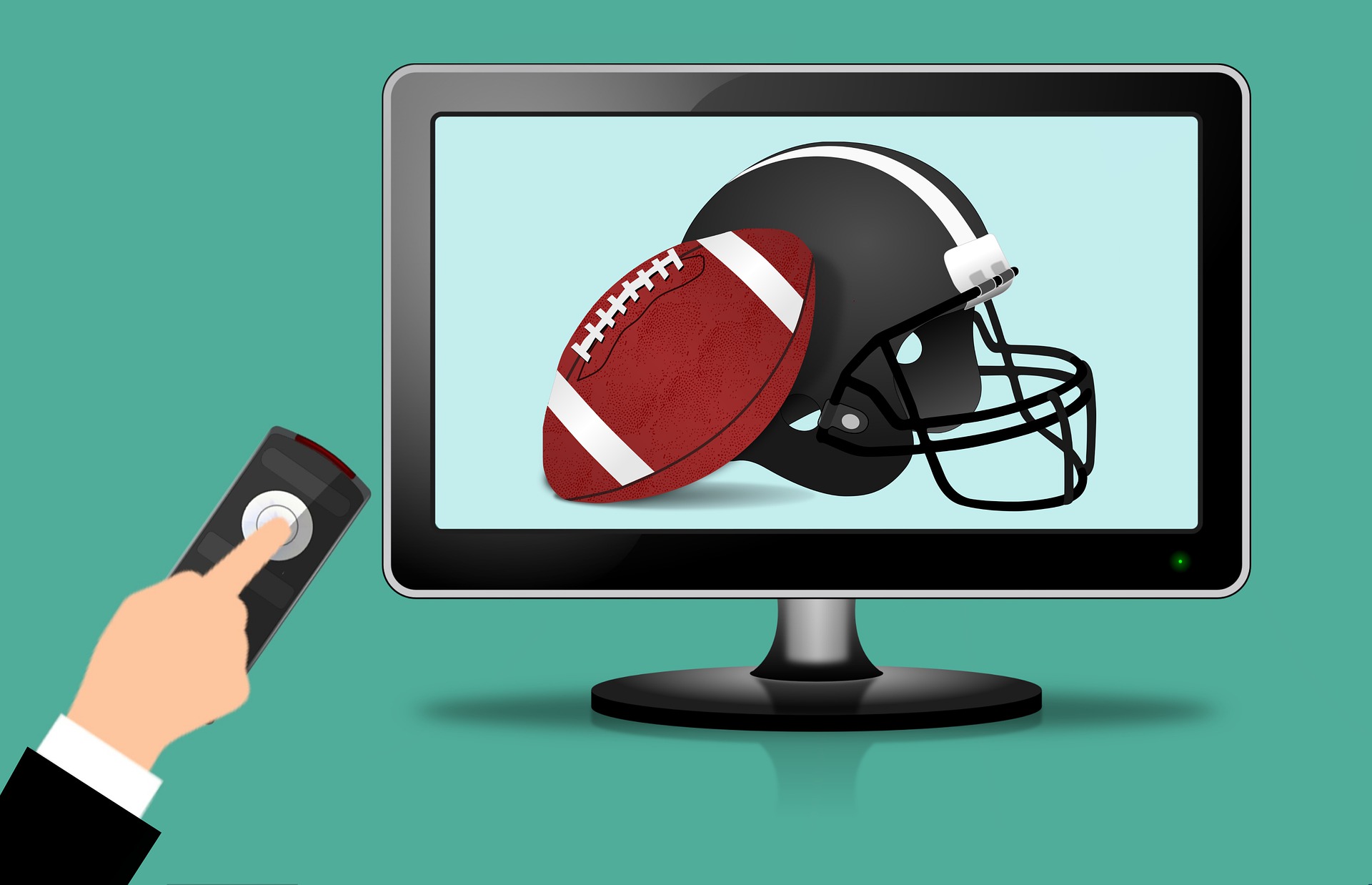Streaming vs. file download
With a downloadable file the content owner is much more vulnerable.
This month, a question that has plagued/delighted me for the past two years: Which is better — streaming or file transfer? Actually, this was once the topic of a whole panel discussion. I was lucky to have the responsibility for three large music sites utilizing downloads (winamp.com) and streaming (spinner.com and SHOUTcast.com).
What is so interesting about this argument/controversy is that these are two different applications that result in different outcomes.
Streaming is used when a real-time transfer is required. Whether a file is live or stored is somewhat inconsequential. We stream media because we want our audience to believe they are getting a broadcast type service. Downloading requires a long wait time in order to begin consuming content. Instant gratification is achieved only through streaming. Should we then give the audience what they want instantly? The drawback to this is that when we stream we are confined by the nominal average available bandwidth.
File transfer, in most cases, does not supply the instant gratification. There are some file transfer protocols that are fast-start transfers — where the file is played back prior to the whole thing being downloaded. But this has its problems too. If the network is unable to deliver enough bits, playback stops as soon as it reaches the current downloaded bits.
File downloads allow for the maximum efficiency of your server complex. Files are stored in a specific location and then are accessible to remote users to copy. This is usually done through the File Transfer Protocol. The objectives of FTP are to promote sharing of files and transfer data reliably and efficiently.
In the FTP specifications the user-protocol interpreter (user PI) initiates a control connection that follows the Telnet protocol. At the initiation of the user, standard FTP commands are generated by the user-PI and transmitted to the server process via the control connection. Standard replies are then sent from the server-PI to the user-PI over the control connection in response to the commands. The FTP commands specify the parameters for the data connection and the nature of the operation (store, retrieve, etc.).
The professional video industry's #1 source for news, trends and product and tech information. Sign up below.
Beyond the technical difference, there is the more important issue of digital rights management. Dare I say that when it all boils down, the technical issues of various transports become less relevant than the business rules — the way to make money off that stuff we want to stream or download. The way we should control access and protect our content. This really lies between these two types of information transfer.
Streaming is relatively safe. The files are played back in real time from the server to the user's device. The content is substantially stored remotely and has a very short time to live. It is hard for a user to capture this information as a digital file.
With a downloadable file the content owner is much more vulnerable. The content is usually of higher quality/bit rate and therefore has higher value. It also has a long time to live, can be easily transported and stored locally as an exact copy of what was on your server. This makes it more vulnerable to being hacked. Peer-to-peer networks must also be taken into consideration when protecting rights holders.
Digital Rights Management (DRM) allows providers of content to securely reach consumers. In basic terms, most DRMs are applications that wrap content in an encrypted layer of information and rules. These rules include such things as time to live, decryption or keys, watermarking and/or copyright information, and classification of use and users.
There are a number of companies in the field supplying DRM technologies. InterTrust is one such company.
The InterTrust architecture is based on InterRights Points, software acting as a secure “virtual machine” to manage digital rights and create a local, secure database that stores the user's rights, identities, transactions, budgets and keys.
With most DRM systems, usage is managed by rules. In addition to the previously stated rules, there are others for price, payment offer, play, view, print, copy, save and distribution. Rules are linked directly to the content, can be changed dynamically and are protected in the same way content is protected. Interestingly, rules can travel with the content or separately, allowing the flexibility to change any rule after content has been delivered. The system ensures that applicable rules are followed every time an information usage event is requested. This means the content remains protected after a user has accessed it.
Let's bring this article back full circle to streaming and downloads. Each has its rules, risks and limitations. Know your objectives, understand the limitations of your content and always listen to your audience. They will let you know what they want. Your job is to decide how best to get it to them.
Steven M. Blumenfeld is currently the vice president of advanced services for America Online.
